Welcome to Puglia, Italy’s sun-drenched heel where everything just seems to slow down. I fell for this region the first time I rounded a coastal curve and saw those whitewashed buildings set against the deep turquoise Adriatic.
This corner of Italy feels unspoiled—a mix of natural beauty, rich history, and food that’ll have you planning your next meal before you finish the last. It’s all the charm of Italy, but without the crowds you’ll find in the usual hotspots.
Puglia draws you in with its ancient olive groves rolling out to the horizon, dramatic limestone cliffs, and coastal towns that never lost their soul. Traveling through, I realized the magic is in the simplicity—think trulli houses in Alberobello, Lecce’s baroque flair, and the Salento peninsula’s untouched beaches.
As I plan my own return for summer 2025, I’m excited to share this guide. I’ll help you navigate winding roads between sun-bleached villages, find the best swimming spots, and connect with the warmth that makes Puglia unforgettable.
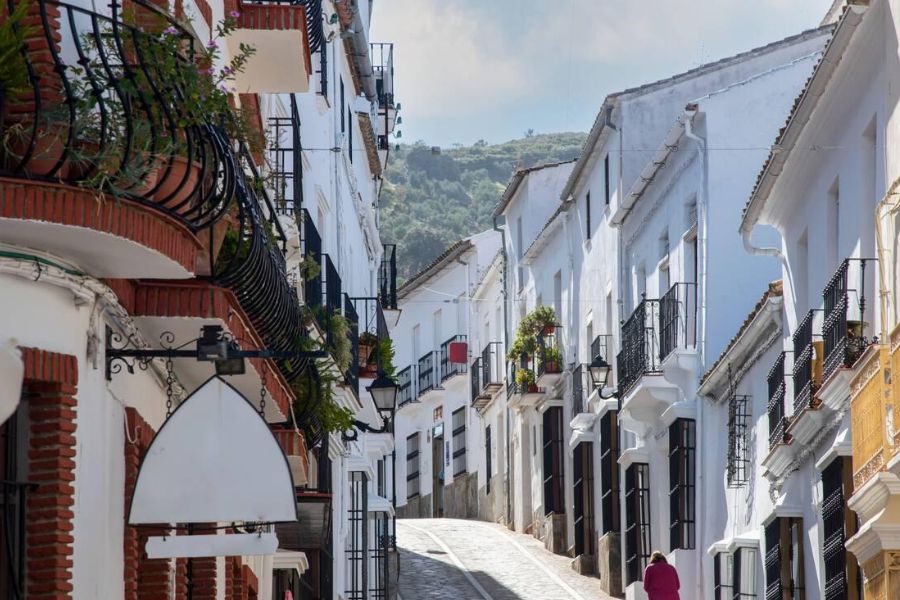
Whether you’re a first-timer or back for more, there’s always something new to discover in Puglia’s hidden corners.
Discovering Puglia: Southern Italy’s Hidden Gem
Puglia stole my heart the second I set foot on its sun-baked soil. This region, tucked into the heel of Italy’s boot, offers a mix of authentic Italian life, gorgeous scenery, and some of the prettiest coastlines I’ve ever seen.
Overview of Puglia’s Unique Geography
Puglia hugs about 500 miles of coastline, with both the Adriatic and Ionian Seas shaping its shores. You’ll find rocky, cliff-lined beaches on the Adriatic and soft, sandy stretches along the Ionian.
Olive groves dominate the landscape. Puglia actually makes around 40% of Italy’s olive oil—impressive, right? Some of these ancient trees are over 1,000 years old, painting the countryside in silvery green.
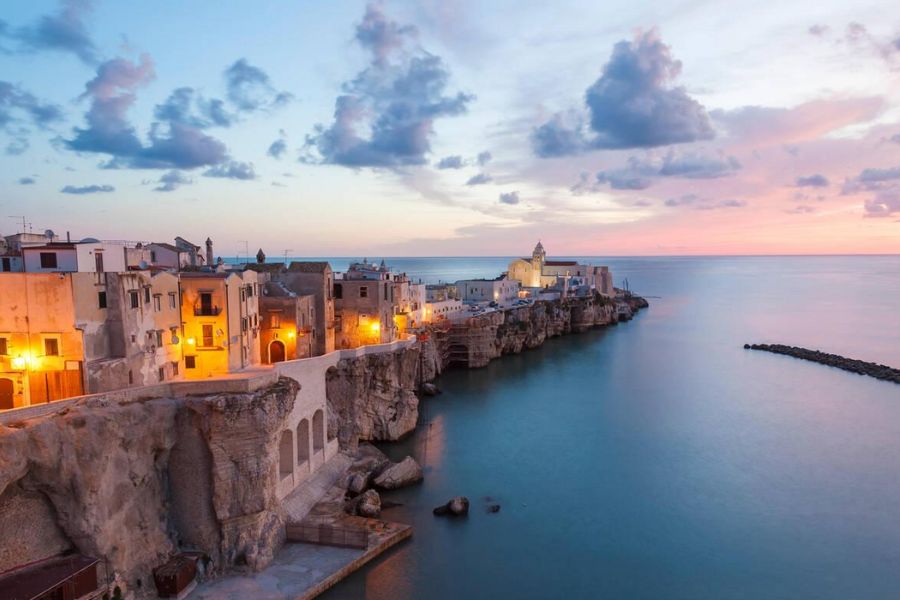
What really sets Puglia apart are those whitewashed towns—Ostuni, Locorotondo, Alberobello. Alberobello’s trulli, those quirky conical-roofed homes, look like something out of a storybook.
The Valle d’Itria, with its gentle hills and small villages, feels totally different from the flat, southern Salento. Each area has its own vibe and beauty.
Mediterranean Climate and Best Travel Seasons
Puglia enjoys that classic Mediterranean weather—hot, dry summers and mild, damp winters. July and August get toasty, with temps often hitting 90°F (32°C). Trust me, you’ll want to dive right into the sea.
I’ve found May, June, September, and early October to be the sweet spot. Temperatures stay pleasant—70s and 80s°F (21-27°C)—the crowds thin out, and the sea’s still warm enough for a swim.
Winter (November-March) is quiet. Coastal places slow down, but you’ll experience real local life. Temperatures usually hover around 50-60°F (10-15°C)—never too cold.
Rain doesn’t show up much, mostly in autumn and winter. With so much sunshine, Puglia works as a year-round escape, especially if you’re running from gloomy northern winters.
Understanding Puglia’s Culture and Traditions
Pugliese culture feels like the heart of Southern Italy. Family means everything here, and most traditions revolve around big meals and gatherings.
The food is as local as it gets. You’ll find:
- Orecchiette pasta (“little ears”) often tossed with cime di rapa (turnip tops)
- Burrata cheese—it’s ridiculously creamy
- Taralli—those crunchy rings, perfect with a glass of local wine
Religious festivals light up towns all year. Streets fill with lights, parades, and music. Festa di San Nicola in Bari (May) and La Notte della Taranta (August) really show off Puglia’s spiritual and musical roots.

Pizzica, the traditional dance, started out as a cure for tarantula bites (not kidding). Now, you’ll see it everywhere at festivals, the hypnotic beat capturing Puglia’s passion.
Whitewashed Towns: Exploring Puglia’s Iconic Villages
Puglia’s landscape is scattered with gorgeous white villages that almost glow in the Mediterranean light. Each one has its own personality and charm.
Ostuni: The Enchanting White City
Ostuni sits high on a hill, looking over olive groves and the Adriatic. The white buildings spill down the slope like a frozen waterfall—when I arrived, I just stopped and stared.
I wandered for hours through its twisting alleys. Whitewashed walls pop with flowerpots and vines, and at sunset, the whole city turns gold.
The gothic cathedral sits on the highest point, with views that seem to go on forever. If you can, visit early or late in the day—the light makes the city feel almost otherworldly.
Alberobello and the Charming Trulli
Alberobello is all about those trulli. These little cone-roofed houses, built from limestone, turn the town into a real-life fairytale. UNESCO even recognized the place.
Strolling through Rione Monti, I felt like I’d stepped back in time. The white houses, some marked with strange symbols, hint at stories from long ago.
Many trulli have become shops, restaurants, or even places to stay. I spent two nights in one and honestly, it was both cozy and a little surreal.

Belvedere Trulli lookout gives you the best view of the rooftops stretching out below. Go in the morning to beat the crowds.
Martina Franca and Baroque Beauty
Martina Franca brings a different look—baroque architecture everywhere. The historic center mixes whitewashed walls with ornate details.
I spent an afternoon just admiring the palaces and churches. The Basilica di San Martino, with its intricate facade and rose window, really stands out.
Locals gather in Piazza Roma, sipping coffee under the trees. If you wander away from the square, you’ll stumble into hidden courtyards and unexpected corners.
The food here is fantastic. Try the capocollo (cured pork) with a glass of local white wine.
Historic Centers of Locorotondo and Cisternino
Locorotondo’s name means “round place,” and its circular old town is just picture-perfect. White buildings with sharp roofs line streets that look straight out of a film.
Walking here feels like stepping onto a movie set. Balconies overflow with flowers, bright against the white.
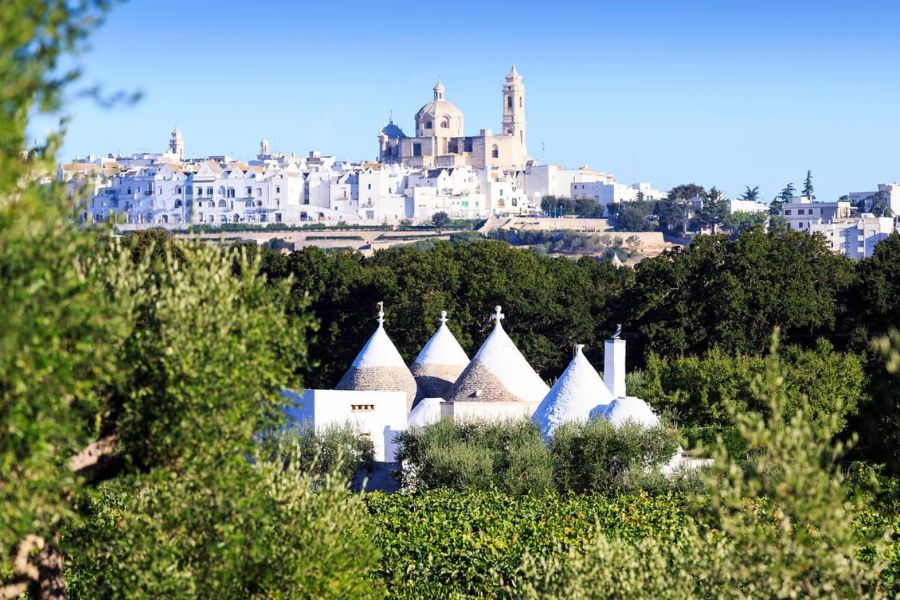
Cisternino, close by, has a more lived-in atmosphere. It’s less touristy, so you get a real sense of daily life.
Both towns come alive in the evening, when everyone is out for a stroll. The terraces have amazing views over the Valle d’Itria—olive groves, vineyards, and trulli as far as you can see.
Turquoise Waters and Coastal Escapes
Puglia’s coastline is a dream for seaside lovers. Almost 500 miles of shore means there’s a spot for everyone—cliffs plunging into clear water, hidden coves, and wide sandy beaches.
Polignano a Mare’s Dramatic Clifftop Views
When I first looked out from Polignano a Mare’s cliffs, I just stood there, stunned. The town sits high above the Adriatic Sea, offering some of the region’s best views. Lama Monachile beach, wedged between cliffs and a Roman bridge, gets busy in summer but is absolutely worth it.
Arrive early or late to dodge the crowds. The turquoise water below is perfect for a swim, though the pebbles can be a bit rough on your feet.
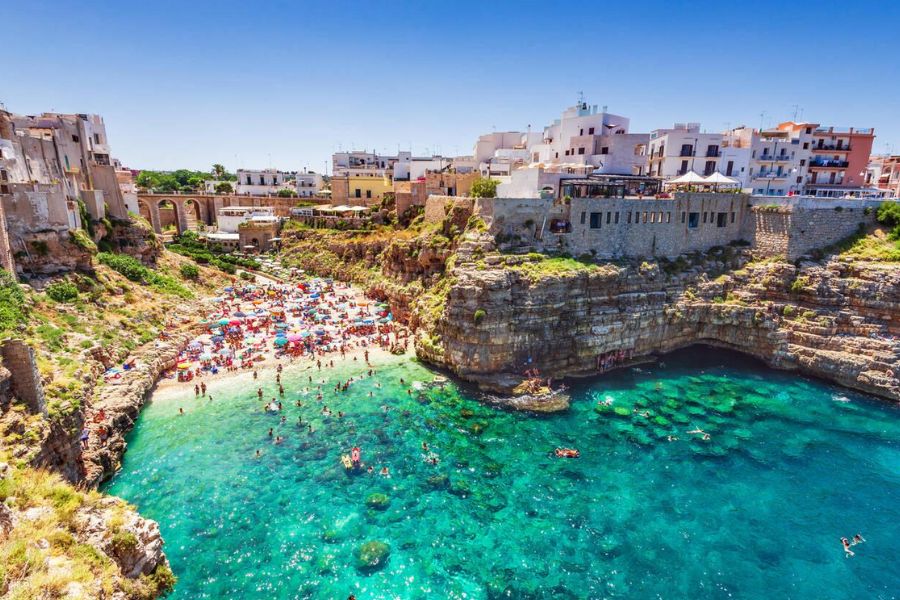
Grab a meal at one of the cliff-top restaurants—fresh seafood with a view that goes on forever. The town’s narrow lanes and white houses just add to the magic.
Gargano: Wild Beaches and Hidden Coves
The Gargano peninsula, known as Italy’s “spur,” feels different from the rest of Puglia. I spent days exploring its rugged coastline—sea caves and hidden beaches you can only reach by boat or on foot.
Vieste and Peschici balance amenities with wild beauty. I loved Baia delle Zagare, with its famous limestone stacks, and Vignanotica Beach, where white pebbles meet blue water.
The Tremiti Islands, just offshore, are a paradise for snorkeling and diving. On a calm day, I could see almost 30 feet down!
If you’re up for adventure, rent a kayak and paddle along the coast to secret grottoes and beaches.
Salento’s Sandy Beaches and Turquoise Sea
The Salento peninsula forms Italy’s heel and has some of Puglia’s best sandy beaches. Here, the Adriatic and Ionian coasts each bring something different.
On the Adriatic side, Otranto mixes history with beautiful beaches. The Ionian coast has wider sands and shallow water—great for families. Porto Cesareo, with its soft sand and clear water, is my top pick.

Gallipoli offers a mix of history and shoreline. The old town sits on an island, while modern Gallipoli stretches along the beach. Punta della Suina nearby is more natural, with pine trees for shade.
Best Salento Beaches:
- Punta Prosciutto (soft sand, shallow water)
- Torre Lapillo (family-friendly, good facilities)
- Pescoluse (“Maldives of Salento”)
Swimming and Adventure Along the Adriatic Coast
The Adriatic coast is made for water lovers. I spent whole days swimming in clear blue water, each beach with its own vibe.
Try stand-up paddleboarding around Castro’s sea caves, or snorkel at Torre dell’Orso—“The Two Sisters” rocks are a local landmark. Divers should check out Torre Canne and the marine reserve at Torre Guaceto.
Many resorts rent equipment or offer guided trips. In Santa Maria di Leuca, where the Adriatic meets the Ionian, I joined a boat tour to hidden caves and swimming spots you can’t reach from land.
Early June and September are ideal—warm water, fewer people.
Cities Rich in History and Architecture
Puglia’s cities blend history and architecture in a way that keeps you coming back for more. From baroque masterpieces to ancient fortresses, each city tells its own story.
Bari: Gateway to Puglia
Bari, the region’s lively capital, greets you with a split personality. I love getting lost in Bari Vecchia, the old town, where winding alleys hide treasures like the 11th-century Basilica di San Nicola. Pilgrims from around the world come to see the remains of St. Nicholas here.
Along the seafront, locals stroll in the evenings, turning the promenade into a big social scene. The Castello Svevo, built by Frederick II, looms as a reminder of Bari’s strategic past.
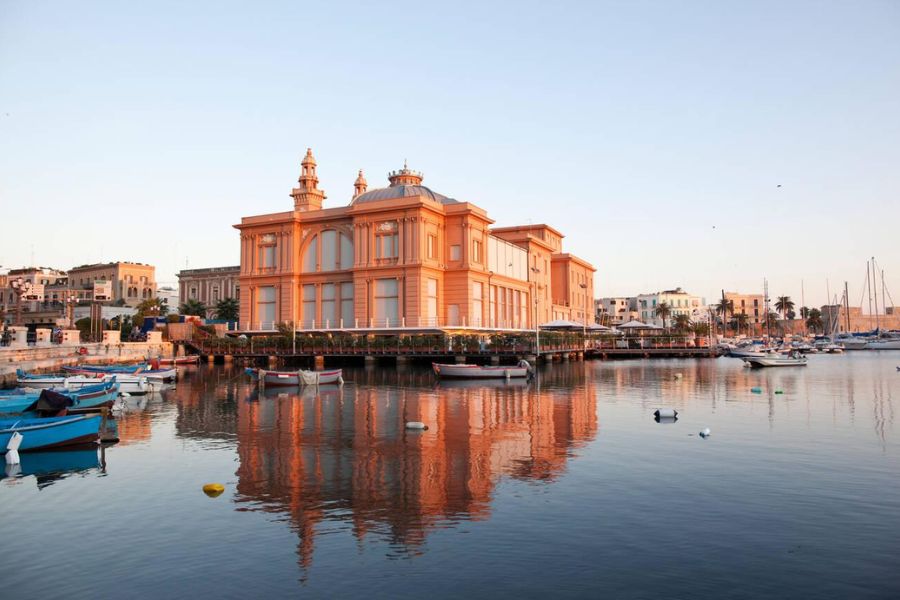
Watch the older women making orecchiette pasta right on the street—it’s a living tradition you won’t forget.
Lecce: The Baroque Jewel
Lecce, often called the “Florence of the South,” wowed me with its baroque architecture. The honey-colored stone lets artists carve out the most detailed facades and decorations.
Piazza Duomo is the city’s crown jewel. The cathedral, bishop’s palace, and seminary come together in a perfect square. Basilica di Santa Croce’s facade is a riot of carved creatures and flowers.
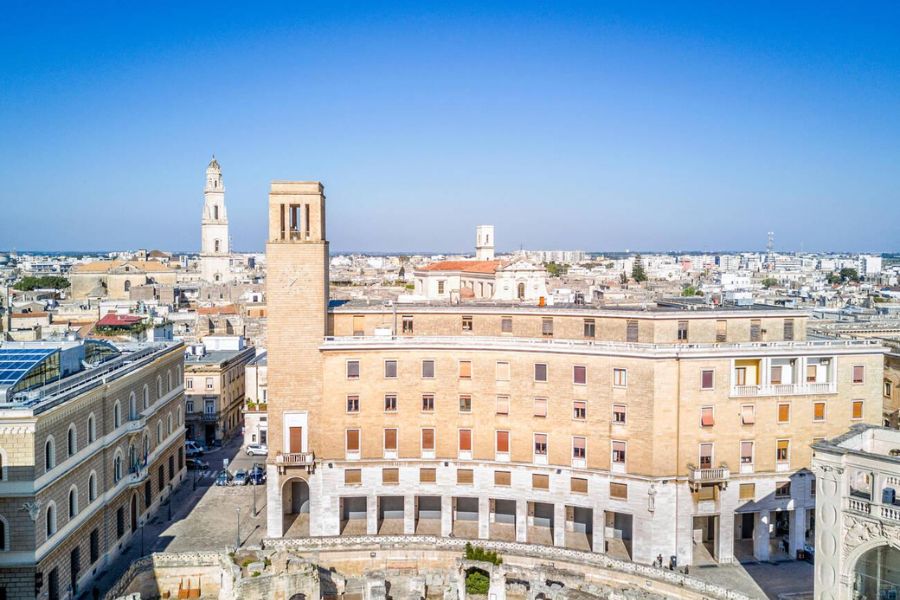
I kept looking up, always spotting new details. The Roman amphitheater in the center hints at Lecce’s ancient roots, a cool contrast to the later baroque flourishes.
Brindisi and its Maritime Past
Brindisi’s soul is all about the sea. Walking its waterfront, I imagined Roman ships and old traders docking in the harbor.
The Aragonese Castle guards the entrance, and the twin Roman columns once marked the end of the Appian Way. Only one still stands, but it’s pretty impressive.
The Tempio di San Giovanni al Sepolcro, with its round shape, shows off Brindisi’s Crusader and Byzantine connections. The Museo Archeologico Provinciale has artifacts from shipwrecks that tell the story of the city’s trading days.
Otranto and Trani: Coastal Heritage
Otranto sits dramatically on the coast, packed with history. Its 12th-century cathedral has a jaw-dropping mosaic floor showing the Tree of Life. The fortress walls remind you of the city’s tough past, especially the Ottoman attack in 1480.
Further up the coast, Trani is just as captivating. The pale cathedral sits right at the water’s edge—it’s a must-see at sunset.
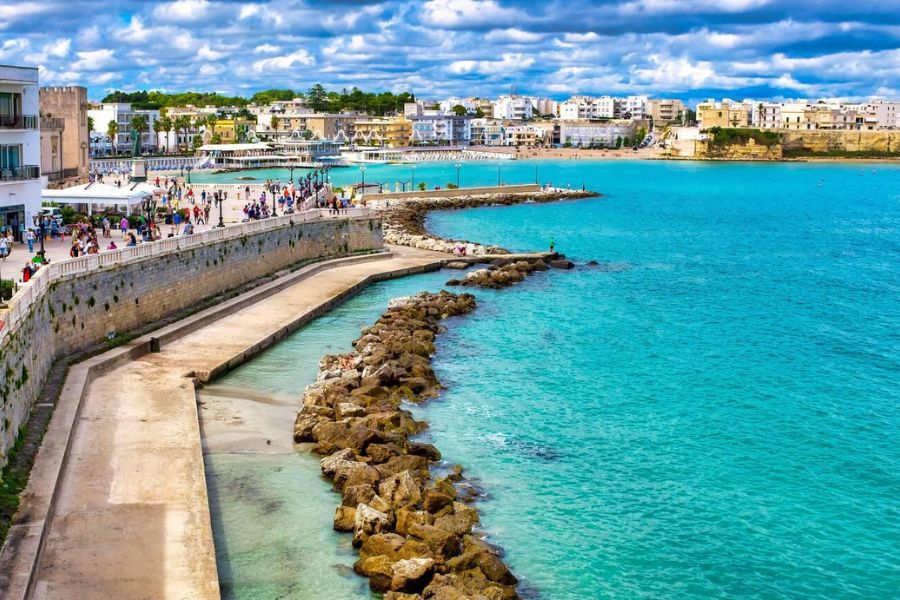
Trani’s Jewish history lives on in its old synagogues, a nod to the many cultures that shaped Puglia. The port buzzes with fishermen in the morning, and the 13th-century Svevo Castle offers sweeping views.
A Taste of Puglia: Cuisine, Vineyards, and Olive Groves
Puglia’s food scene is as rich as its landscape. Traveling here, I uncovered a culinary tradition built on simple, high-quality ingredients and centuries of know-how.
Seafood Feasts and Traditional Restaurants
Puglia’s coast delivers some of Italy’s freshest seafood. I’ve spent evenings in tiny harbor restaurants, watching fishermen bring in the catch—can’t get much fresher than that.
Try crudo di mare (raw seafood), especially Gallipoli’s red shrimp, drizzled with olive oil and lemon. The seafood risotto, packed with mussels, clams, and sometimes sea urchin, is unforgettable.
For a classic meal, look for family-run trattorie where orecchiette is handmade and served with hearty vegetable sauces.
In places like Polignano a Mare, book a table on the cliffs. Eating grilled octopus with the sound of waves below? Yes, please.
Olive Oil and Focaccia Traditions
Puglia’s olive oil is legendary. The groves aren’t just pretty—they produce about 40% of Italy’s oil. Some trees are older than most countries!
I joined an olive harvest once, helping families pick and press olives the old-fashioned way. The oil has a peppery kick that makes every dish pop.
Focaccia here is something else. In Bari, bakers make a soft, dimpled bread topped with tomatoes, olives, and a heavy pour of olive oil. I grabbed a slice every time I walked the city’s narrow streets.
Puglia’s Olive Oil Varieties:
- Coratina: Bold, peppery
- Ogliarola: Sweeter, more delicate
- Peranzana: Medium, with a hint of almond
Exploring Vineyards and Local Wines
Puglia’s wine scene has come a long way. Once known for bulk wine, the region now produces some seriously good bottles.
I visited small vineyards where Primitivo grapes (think Zinfandel) thrive in the heat. This red wine is big and bold—perfect with meat.
Negroamaro is another local favorite. Tasting it in Salento, I picked up flavors ranging from dark berries to earthy notes.

If you want something crisp, try Bombino Bianco with seafood. Many vineyards offer tastings with cheese and cured meats on the side.
Masserie: Farm-Stay Gastronomic Experiences
Staying at a masseria, a traditional farmhouse, is the best way to eat like a local. These old estates now serve as boutique hotels, but agriculture still runs the show.
I took a cooking class at one, learning to shape orecchiette from a grandmother. Ingredients came straight from the fields—sometimes picked that morning.
Breakfasts featured homemade jams, fresh ricotta, and local honey. Many masserie make their own olive oil, wine, and veggies, so you’re always eating local.
Evenings meant slow, multi-course meals—think braised lamb with wild herbs or veggies preserved in olive oil. It’s farm-to-table, but it’s always been that way here.
Planning Your Dream Trip to Puglia
A little planning goes a long way in Puglia. I’ve pulled together some tips to help you find the right place to stay, figure out transportation, and get off the beaten path.
Best Accommodations and Boutique Stays
Puglia offers a ton of options, no matter your style. I’m a big fan of restored masserias—old farmhouses turned luxury stays. Last time, I stayed at Masseria Montenapoleone near Fasano, surrounded by ancient olive trees and thick stone walls.
For something really unique, book a trullo in Alberobello. They’ve been updated with modern comforts, but still feel magical. My picks:
- Luxury: Borgo Egnazia (Savelletri), Masseria Torre Maizza (Fasano)
- Mid-range: Trulli Holiday (Alberobello), Palazzo Indelli (Monopoli)
- Budget: B&B Sottano (Otranto), Dimora Talenti (Lecce)
Beach fans should stay in Polignano a Mare or Gallipoli, while architecture buffs will love Lecce’s boutique hotels.
Navigating Transportation and Getting Around
Getting around Puglia isn’t always straightforward. I rented a car, which made exploring the countryside and hidden beaches much easier. Bari and Brindisi have the main airports, with decent connections to Europe.
Public transport exists, but it’s limited. Trains connect the big towns, but schedules can be sparse, especially on Sundays. Smaller towns have regional trains, but they don’t run often.
If you don’t want to drive:
- Stay in bigger towns with train stations
- Hire private drivers for day trips (not cheap, but easy)
- Join tours to reach out-of-the-way spots
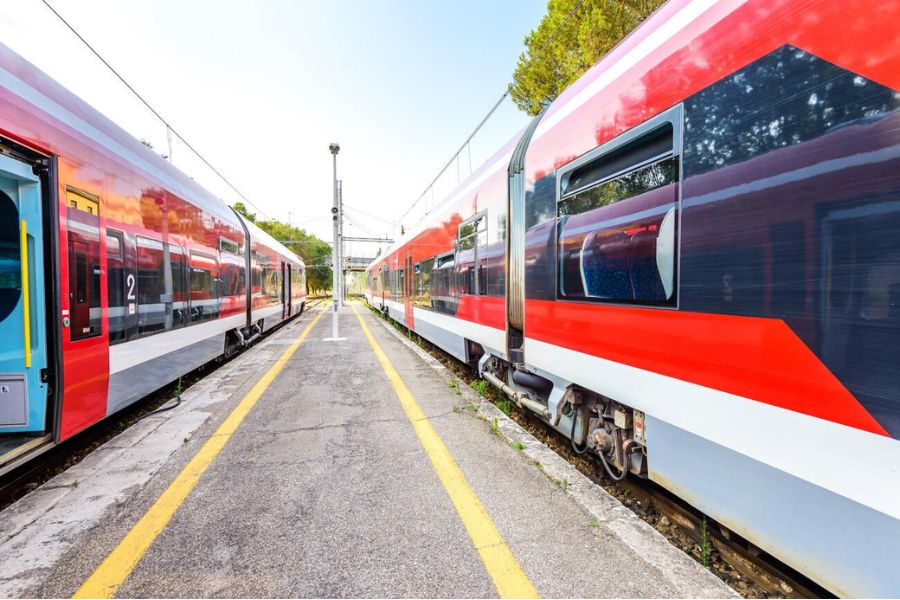
Driving was pretty easy outside the cities—roads are good and traffic’s light except in peak summer.
Solo Travel and Family-Friendly Tips
Traveling solo in Puglia, I always felt safe and welcomed. Locals go out of their way to help. If you’re solo, towns like Lecce or Polignano a Mare are lively and easy to meet people, especially during the evening stroll.
Families will love the beaches with shallow, clear water. Kids are always fascinated by the trulli and the farm stays, where there’s space to run and parents can relax with a glass of wine.
A few tips:
- Keep an eye on your stuff at crowded beaches
- Carry water—the summer heat is no joke
- Learn a few Italian phrases. Even a little goes a long way
Puglia’s slow pace and real atmosphere suit anyone looking for genuine experiences, not just ticking off sights.
Hidden Gems Beyond the Guidebooks
My favorite Puglia moments happened far from tourist crowds. Martina Franca’s white alleys and baroque buildings felt almost secret. Castro’s sea caves blew me away—take a boat from the tiny marina to see them.
If you love adventure, hike in Gargano National Park. I spent a day wandering ancient forests, ending up at a cliff with killer sea views.
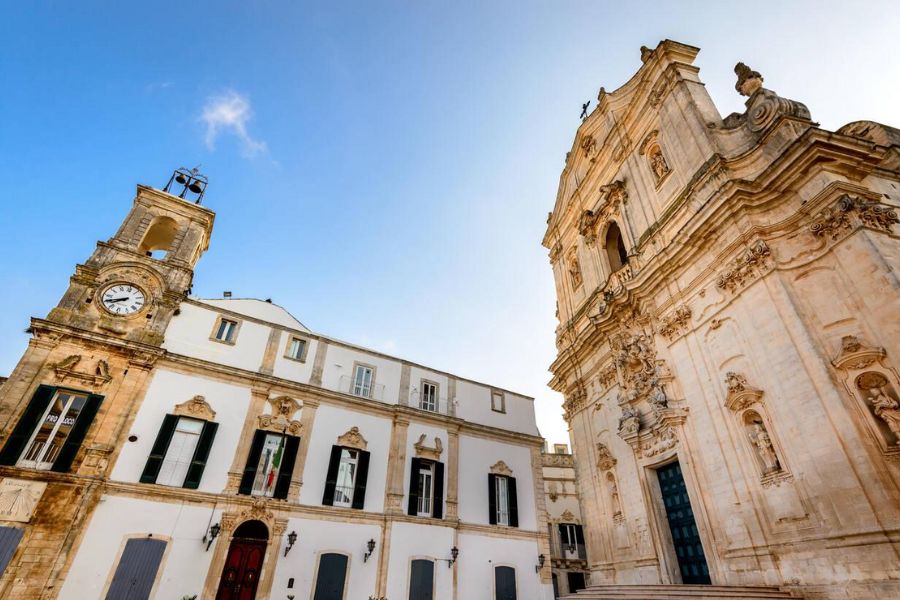
For something different:
- Visit olive oil producers for tastings
- Hit up local food festivals (sagre)
- Explore the salt pans near Margherita di Savoia and spot pink flamingos
- Take a pottery class in Grottaglie, the ceramics capital
The stretch of coast between Otranto and Santa Maria di Leuca hides coves and cliffs that rival anywhere in the Med—and you won’t be fighting for space.

